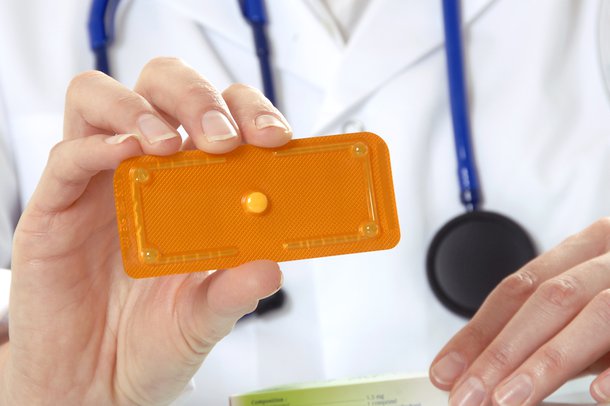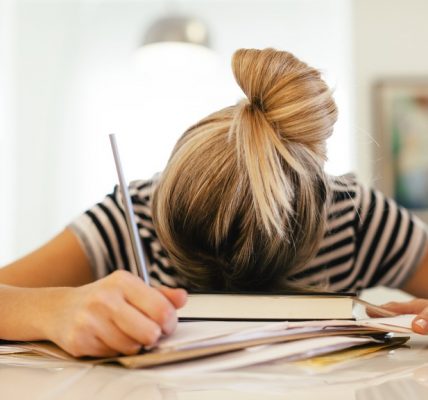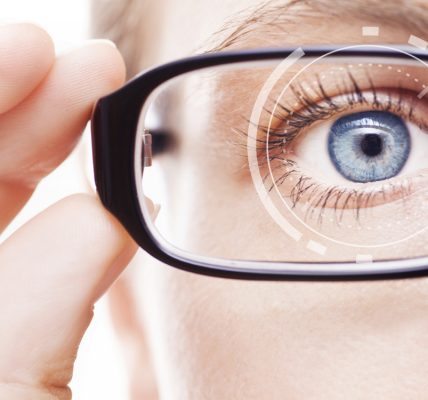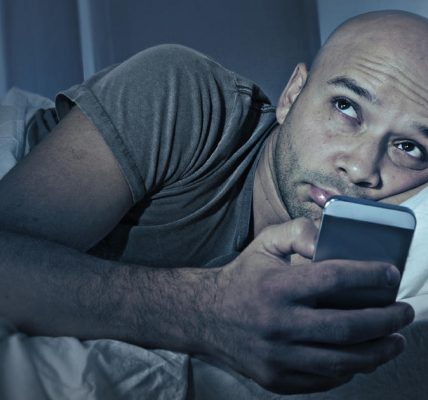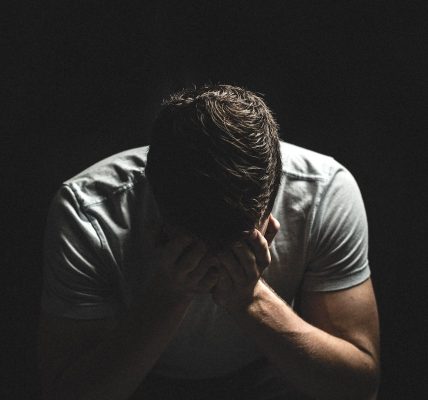Avoiding the Lobster Look: Sunburns, Sunscreen, and SPF Explained
Spring is finally here, and the days are heating up, so it’s only natural for some of us to want to spend time outside and start working on that tan. With that said, it’s important to apply sunscreen so you don’t end up looking more like a lobster than a sun-kissed goddess.
What is a sunburn?
Ultraviolet radiation from the sun comes in the form of UVA or UVB rays, which strike your skin and can cause it to burn after sufficient exposure. Though the sun also emits UVC rays, these rarely reach the Earth. A study at UC San Diego suggests that sunburn is caused by UVB radiation that damages noncoding micro-RNA in the skin cells. Another study done in 2011 claims that UVB radiation also damages CXCL5 proteins in the body, which are involved in pain sensitivity. Too much sun exposure can cause an excess of this protein to be generated and may lead to pain and contribute to inflammation. In addition to literally burning your skin cells, which can cause the dead skin to peel, UV radiation can damage your cellular DNA and cause skin cancer. Neighboring skin cells can also undergo an inflammatory response in an attempt to clean up cells with genetic damage and heal, and this causes blood vessels to dilate and the skin to turn red.
Can I tan with sunscreen on?
The simple answer to this question is yes. Dermatologists recommend using a facial sunscreen every day, even if it isn’t sunny outside. In fact, sometimes up to 40% of the ultraviolet radiation from the sun can hit the Earth on a cloudy day. Tanning is actually a means for the skin to protect itself, since darker skin is less sensitive to the harmful effects of UV radiation. UVB rays concentrate melanin, the primary skin pigment. With more melanin, the skin appears darker and we perceive it as a tan. UVA rays cause melanin to undergo a chemical reaction that makes it look darker, and thus skin appears darker overall as a result as well.
What SPF should I use?
Every sunscreen has a sun protection factor, or SPF. To figure out how long the sunscreen will protect you from a burn, multiply the SPF by the amount of time it would take you to get a sunburn if you weren’t wearing sunscreen. For example, if you normally develop a sunburn after being in the sun for 20 minutes, a sunscreen with an SPF of 15 will roughly protect you for 300 minutes, which is 20 minutes multiplied by the SPF of 15. That said, what if you don’t know how long it takes for you to get a sunburn and would rather not calculate this by suffering a burn? As a general rule, UCSF recommends applying a broad spectrum sunscreen (against UVA and UVB) with an SPF of 30, 15 to 20 minutes before exposure, and to reapply it every two hours.
Now, an SPF 15 sunscreen blocks about 94% of UVB and is quite effective, while an SPF 30 one blocks 97% of the rays and an SPF 45 product about 98%. So a higher SPF won’t make that much of a difference.
Sunscreen in a Nutshell
So, make a habit of applying sunscreen whenever you spend time in the sun. Putting on sunscreen will save your skin, protect you from cancer, and keep that lobster look away.
Citations
- How Skin Tans – The Fact About How Skin Tans from About.com Teen Health <http://teenhealth.about.com/od/bodyimage/a/howtanninghappens.htm>
- New Clues About Why Sunburn Is So Painful from WebMD by WebMD, LLC. <http://www.webmd.com/skin-problems-and-treatments/news/20110706/new-clues-about-why-sunburn-is-so…>
- Sunblock from the UCSF School of Medicine <http://www.dermatology.ucsf.edu/skincancer/general/prevention/sunscreen.aspx>
- Sunburn: Causes, Symptoms, and Treatment from WebMD by WebMD, LLC. <http://www.webmd.com/skin-problems-and-treatments/guide/sunburn>
- Sunscreens Explained from SkinCancer.org by the Skin Cancer Foundation <http://www.skincancer.org/prevention/sun-protection/sunscreen/sunscreens-explained>
- What Happens When We Sunburn from the UC San Diego News Center <http://ucsdnews.ucsd.edu/pressreleases/what_happens_when_we_sunburn>
Article by Amelia Jones
Feature Image Source: Allure

